By Kath Gadd and Hannah Preston
Well it would seem La Niña is here with a vengence along the NSW and QLD east coast, resulting in way too much rain and very uncomfortable humidity. It has been a tough summer for many plants. Not only have the weeds enjoyed an extreme growth spurt but the bugs and insects are out in full force too and the extra moisture in the air is also great for moulds and fungus to flourish. Many of you may have noticed plants being affected by this or just looking downright unhappy!
There are four factors that may be challenging your plants health at the moment and we are going to give you a quick run down…
Sap Suckers
Sap-sucking insects, such as scale, aphids and mealybugs, feed on the sugary-liquid that travels through plant tissues, slurping up the nutritious solution that should be feeding the plant! They tend to multiply quickly, weakening plants and often deform foliage. Many have tiny waxy bodies and secrete honeydew as a by-product of feeding. The honeydew attracts fungal diseases like sooty mould and also ants, which may protect the sap-suckers from predators and carry them to new plants.
Because they can be so prolific and so tiny the best way to treat them is with an insect spray. A white oil treatment is effective for many sap suckers, it coats the breathing pores of insects, suffocating them, and can be easily made up at home with dishwashing liquid and oil (you can also use other home-made mixtures like a chilli or garlic oil). Shop-bought pest oils also work – they usually operate on the same principle of suffocating pests and may contain other compounds to ensure knock-out. Pyrethrum, another good option, is slightly different. The active compound is naturally-derived from the pyrethrum Daisy and works by inhibiting an insect’s nervous system.
Whatever spray you’re using try to spray only the affected areas on both sides of the leaves/branches. Chemicals like pyrethrum are non-specific so will also kill the good insects and bees around your plants if you use them too much. Another option is manual removal. Some people have removed sap suckers by patiently scraping the leaves, or if the infestation is too large, blasting them off with a pressure hose.

Leaf chewers
Leaf chewing insects have specialised mouthparts and often target young, tastier leaves and little seedlings. They include things like caterpillars, sawfly larvae and slugs. They’ll often secrete toxins that make them unpalatable to potential predators like birds, and in that way, continue feeding on plants unharmed.
Some of the pest oils/sprays work for leaf chewers but you can also try manual strategies depending on the insect and its lifecycle. For example, the caterpillar on this White Cedar (Melia azedarach) below has been absolutely decimating the foliage. The grubs eat the leaves during the day then fall to the ground at night. Putting up a foil barrier around the base of the tree’s trunk seems to have stopped them being able to climb back up in the morning.
In the case of sawfly larvae, pruning off affected foliage before the infestation gets too large may be enough. Sawfly larvae feed mostly on bottlebrush. If found on established, adult plants they shouldn’t be a problem but on vulnerable, young plants you need to remove them before it’s too late.
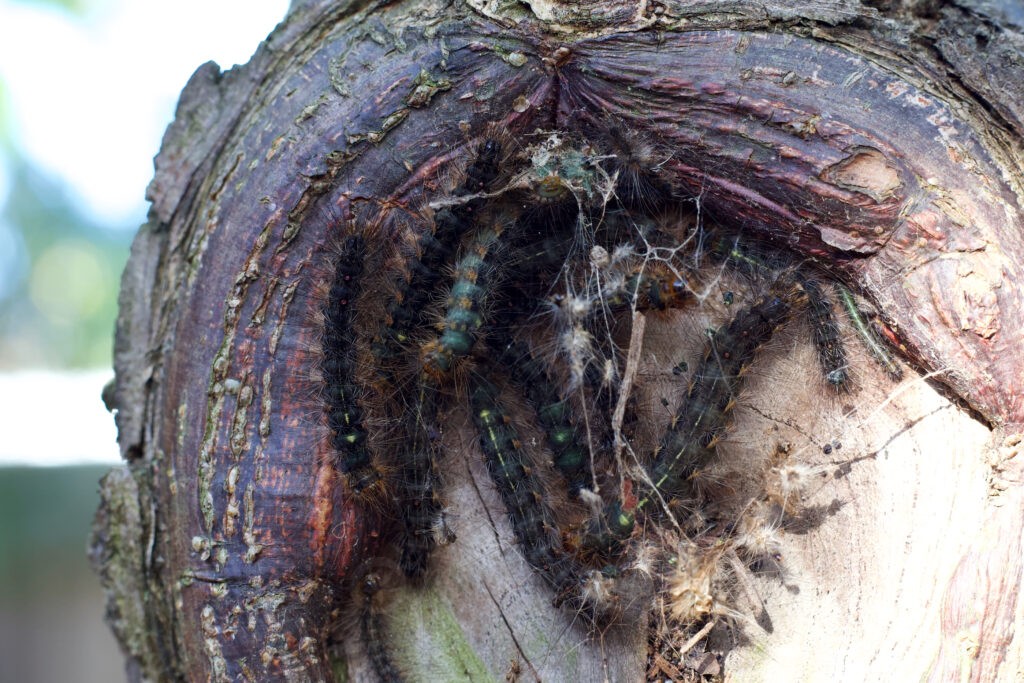
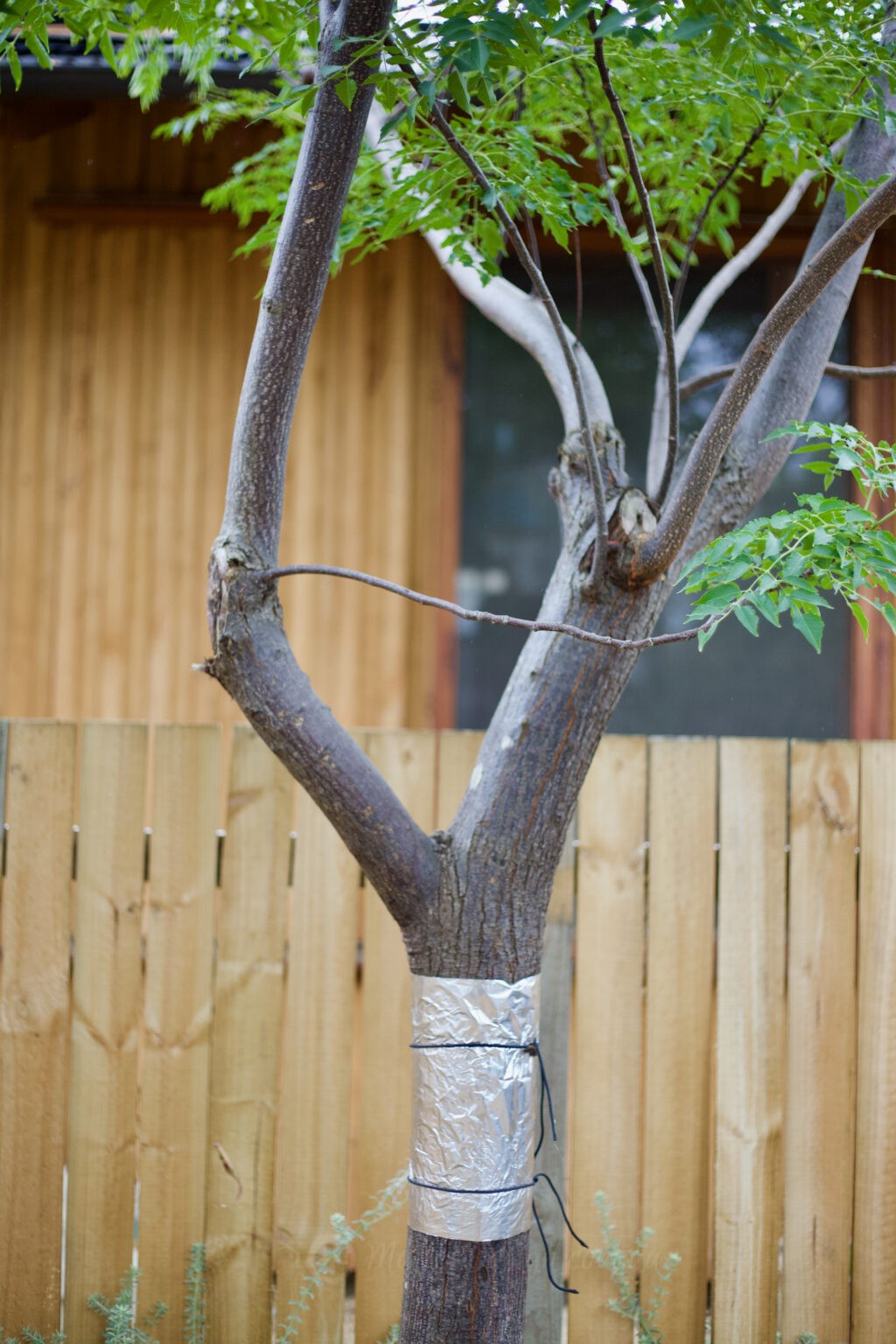
Deficiencies
Deficiencies usually present as discolouration in the leaves and are more common in rainy weather. Heavy rain washes out nutrients in poor soils – the washing out of nitrogen (N) and iron (Fe) can be a particular issue for natives and there have been devastating amounts of runoff and erosion in my region.
Yellowing of the leaves is one of the most common signs of deficiency. It can be hard to tell exactly what a plant is deficient in but providing some slow-release native fertiliser, iron chelates and/or adding trace elements like manganese, zinc and boron can help. Trace elements play a role in unlocking nutrients to plants, often via soil microorganisms. Soil microorganisms are the main underground energy hubs that convert inorganic forms of nutrients like nitrogen into bioavailable forms that plants can use.
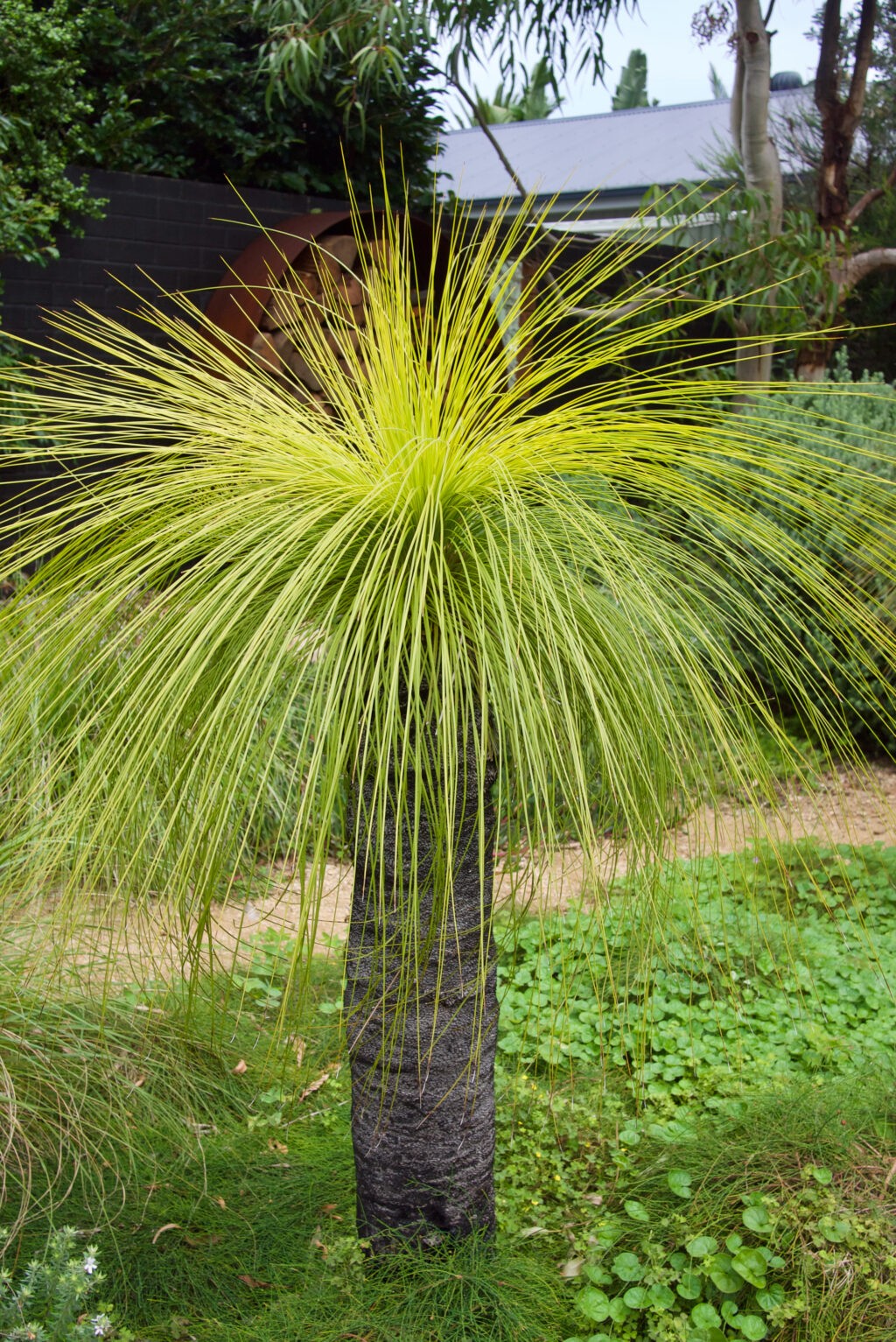
Moulds and Fungus
Mould and fungus can spread to plants via wind, water, soil and animals. Sooty mould is one of the most common variants on garden plants and it settles on the honeydew secreted by sap-suckers. It doesn’t directly damage the plant itself but when it smothers lots of leaves it can stop the plant from being able to photosynthesise. The best way to treat the mould is by treating the source of the problem, the sap-sucker! But, you can also manually wipe off thickly coated mould with a damp cloth.
Other funguses and mould to to look out for are myrtle rust, which is detrimental to many of out native tree and shrubs, beginning as purple spots and turning into yellow pustules on the under-side of leaves, this fungus needs to be removed immediately by cutting off affected leaves and branches and disposing of them appropriately, so the spores don’t spread.
Phytophora is another fungal mould that appears in humid, wet weather – it can appear as dieback on the leaf, turning into blight or rust, but also as root rot on larger specimens. It is caused by plants not coping with poor drainage and may begin as a problem around the root zone and not show up on the leaves until it’s too late.
Fungicides have limited scope and should not be expected to cure heavily infected plants, it is better to take a note of what is suffering and try to improve drainage and air flow around the plant.
The most important thing to do is keep an eye on your plants by checking them closely and regularly, especially in this weather when pests and diseases are rife.
Goodluck and I hope we get a good break from heavy rainfall soon!
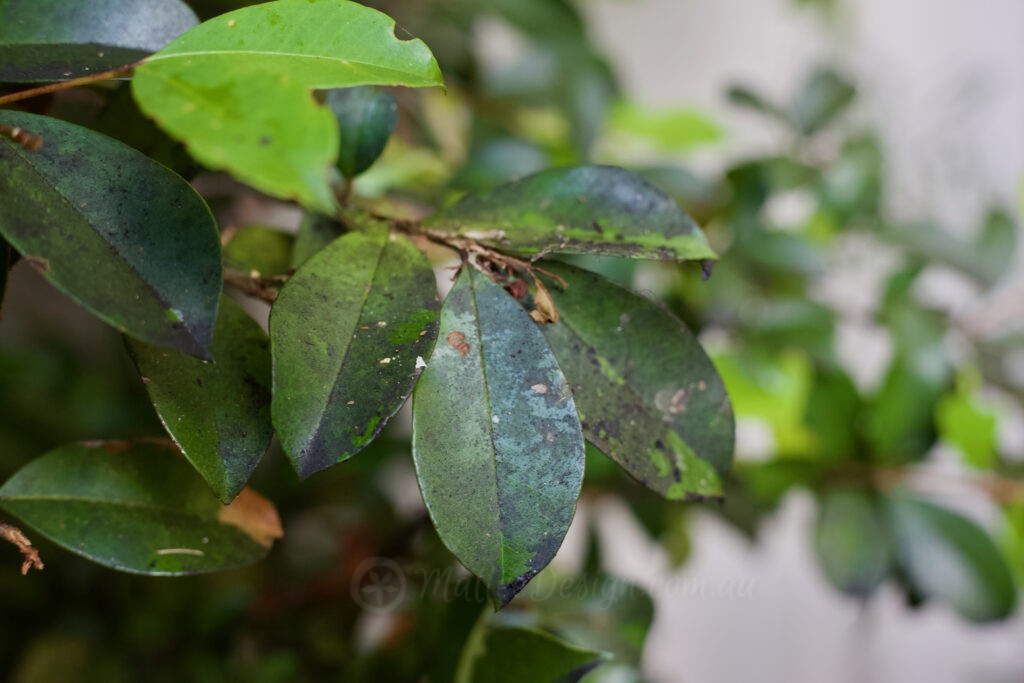
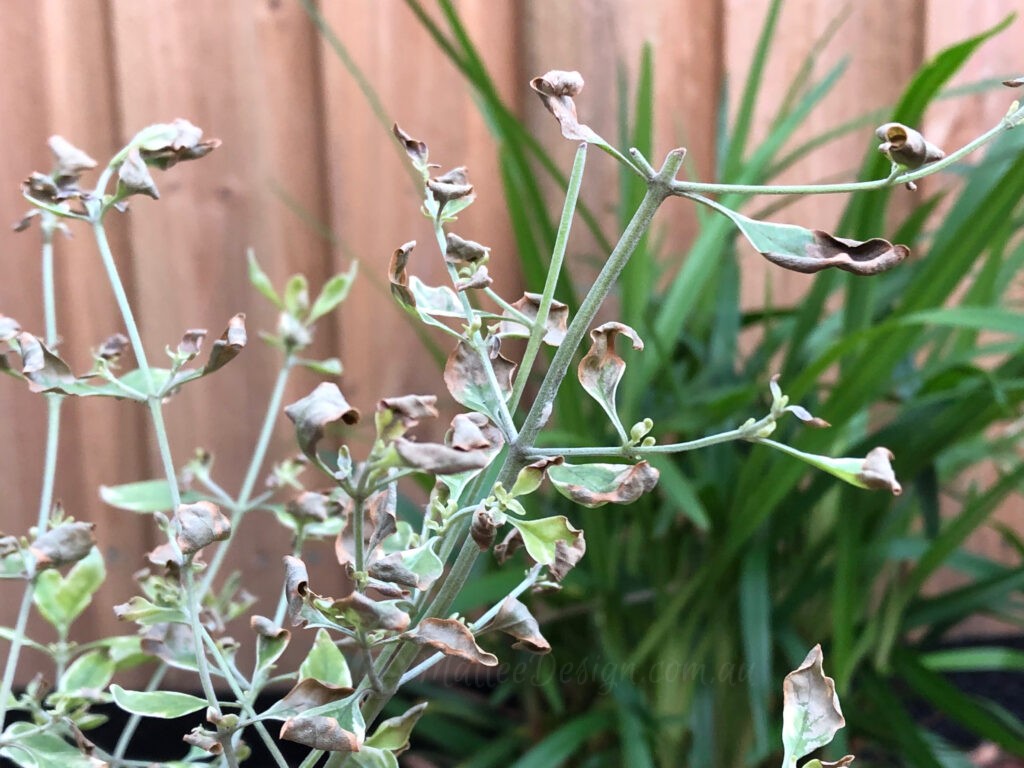

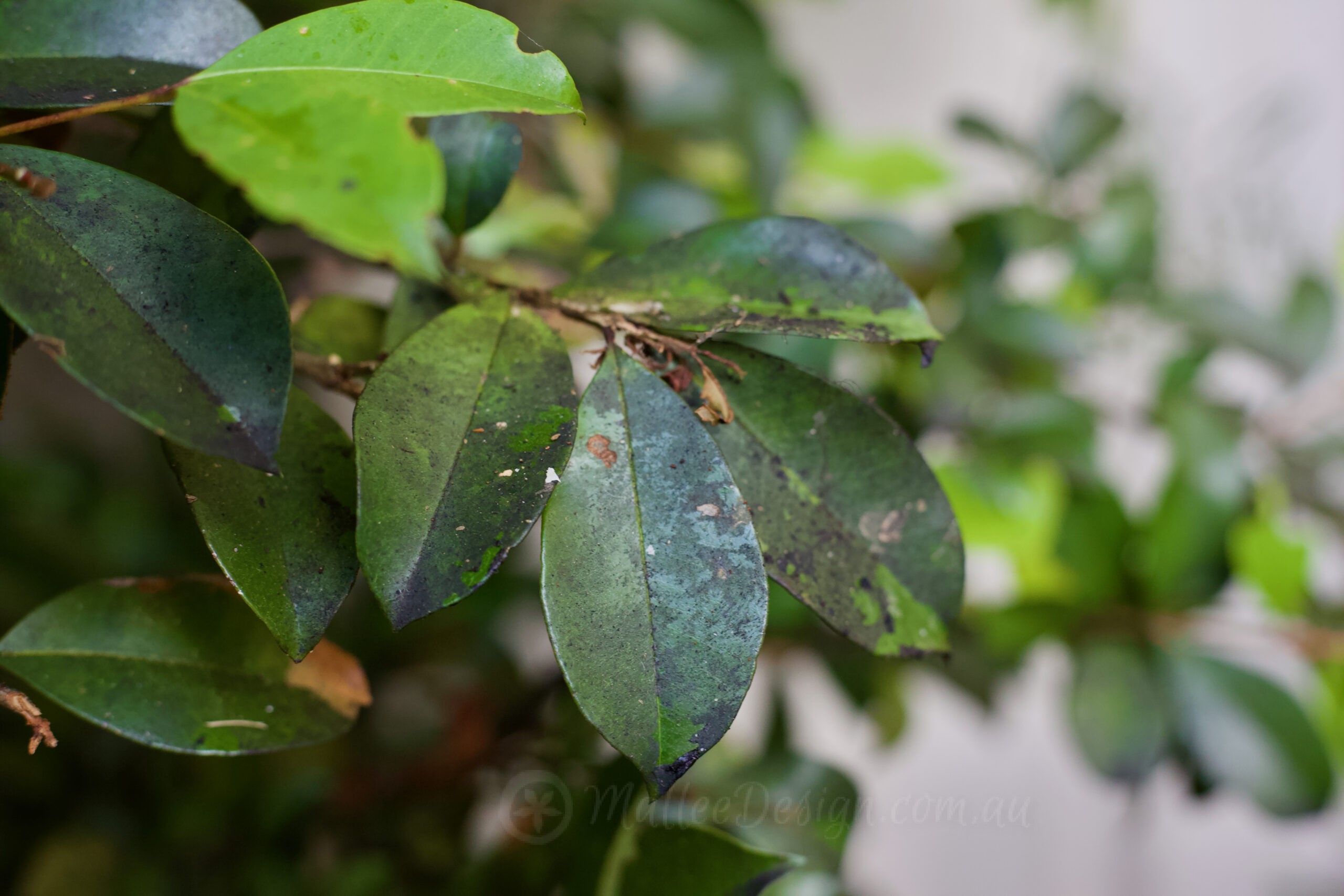
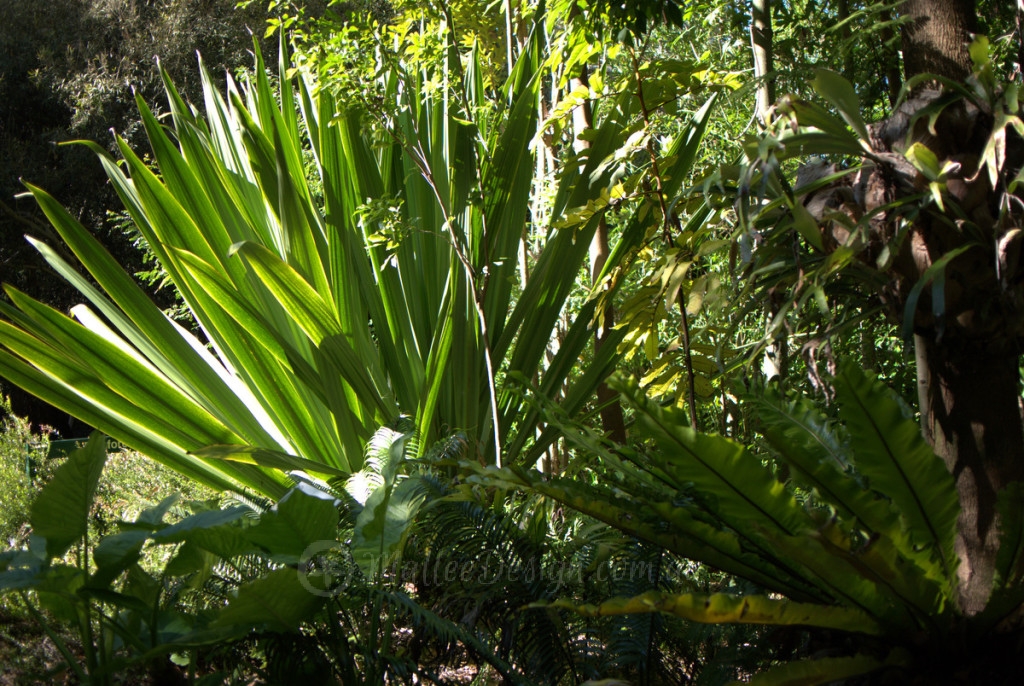
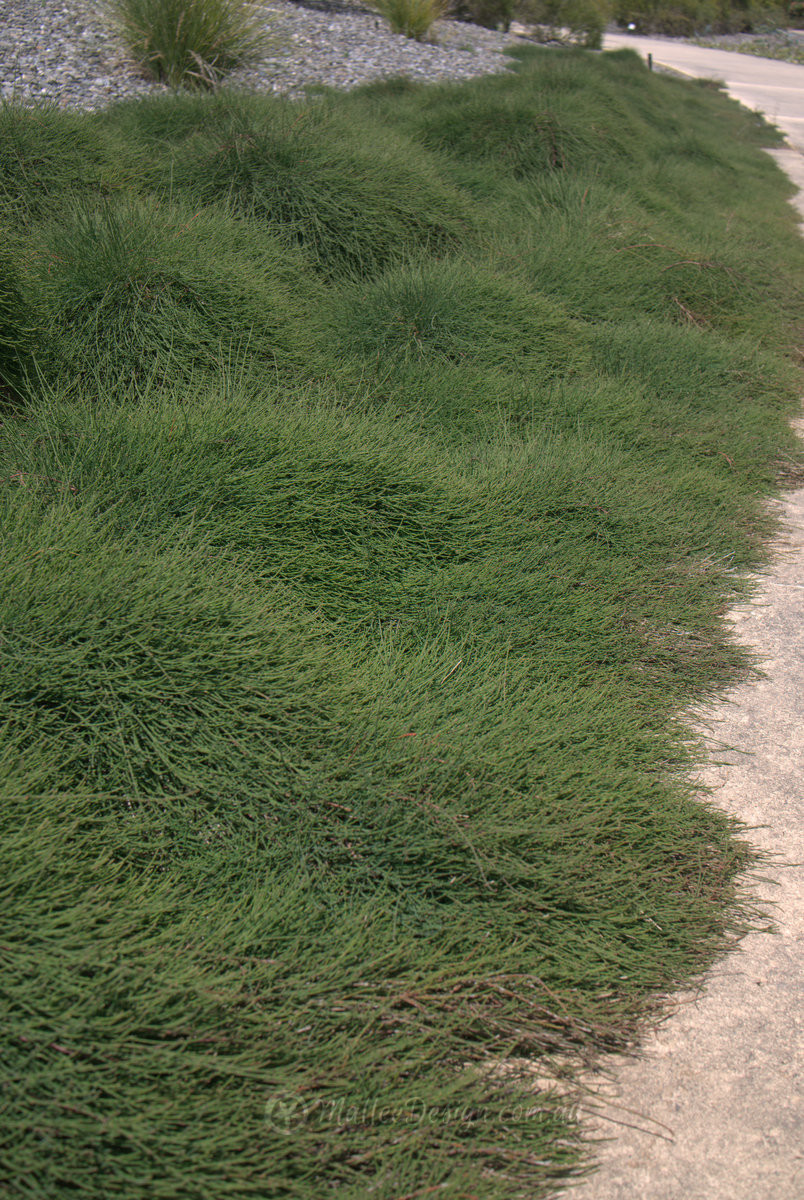
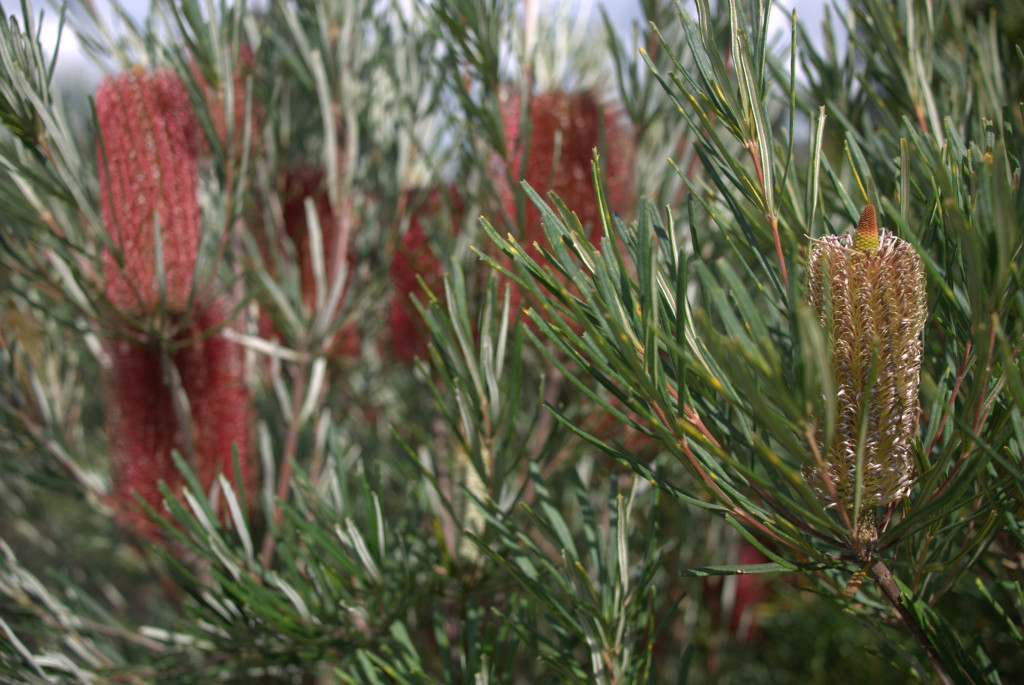

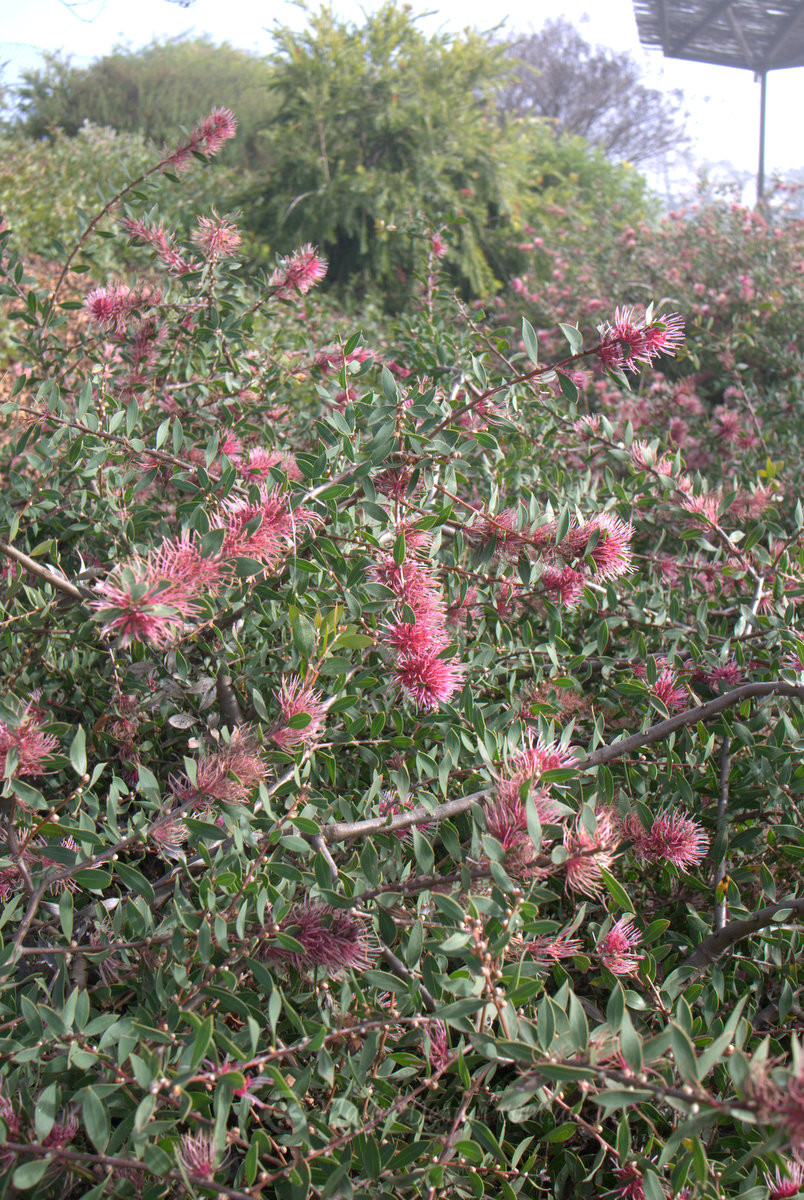
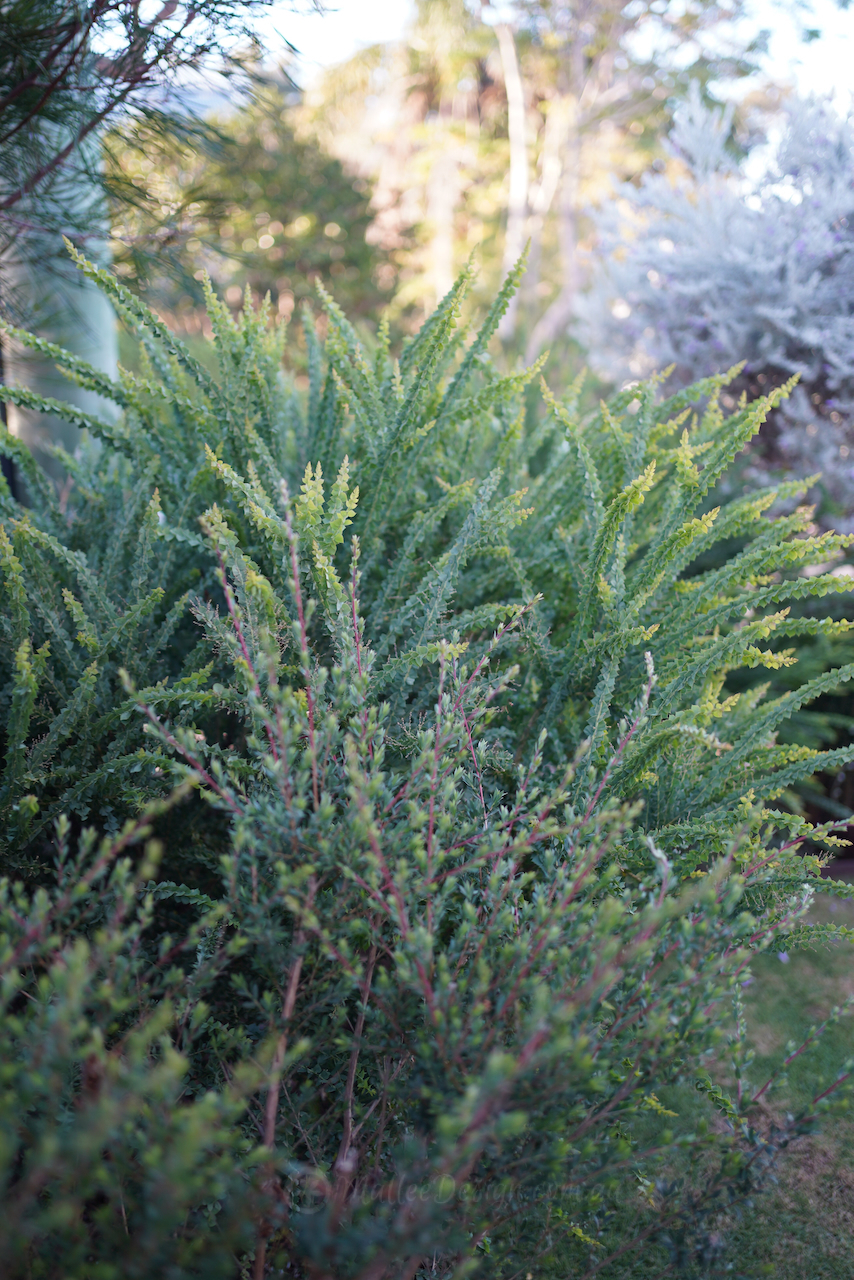
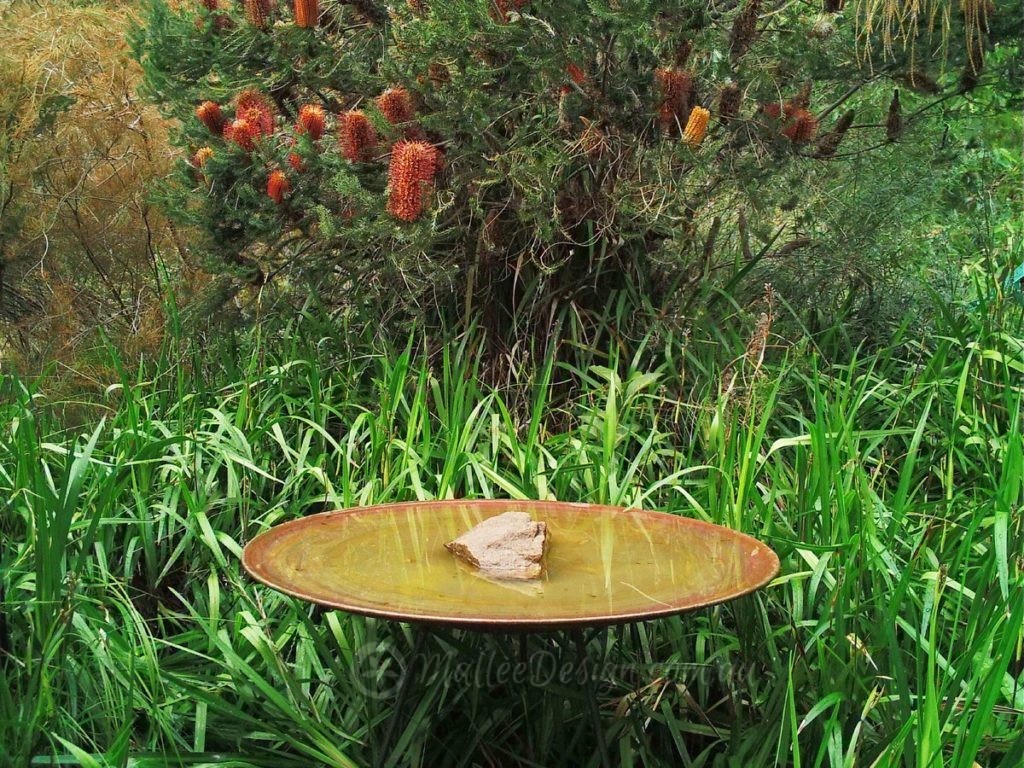
Leave a Reply